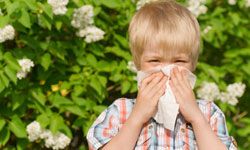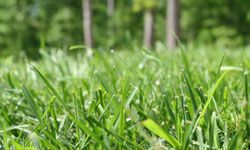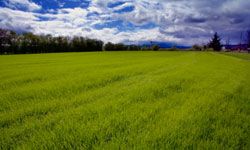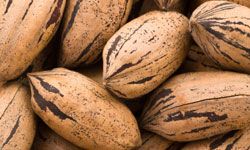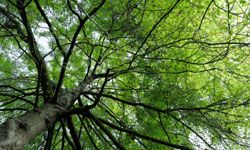If you're sneezing, it's probably because allergy season is here. Itchy eyes, runny nose and a general feeling of misery afflict those who are unlucky enough to suffer from allergies.
Whether you have allergies is pretty much a genetic roll of the dice. You'll probably have allergies if your parents had allergies, but it's not a given. Basically, allergies are the result of a hypersensitive immune system. Your immune system attacks substances it mistakenly identifies as harmful -- and then the symptoms kick in.
Advertisement
When we talk about being allergic to plants, we're talking about being allergic to the plant's airborne pollen. Certain plants are more likely to trigger hay fever. Click ahead to learn about 10 of the worst offenders.
